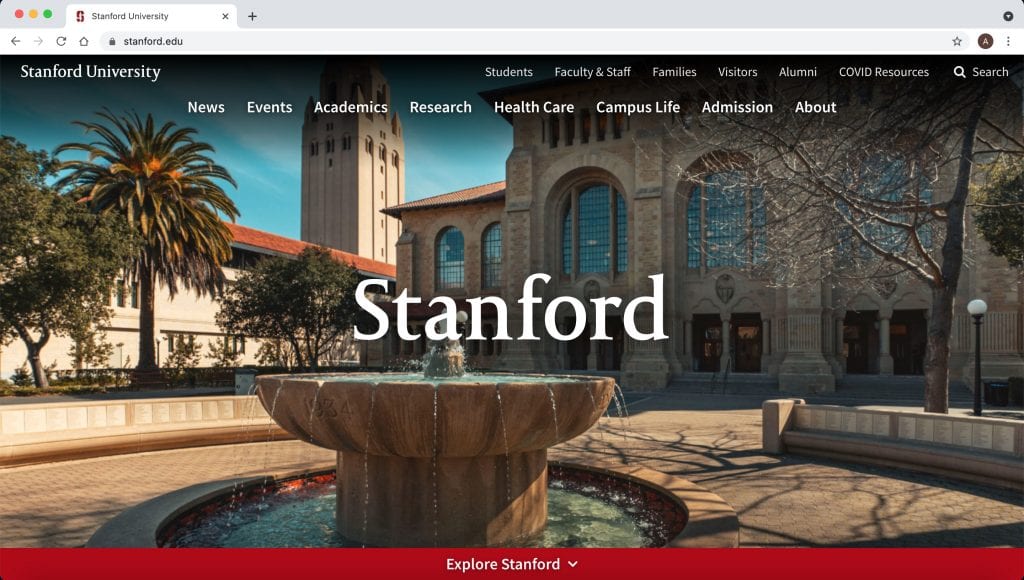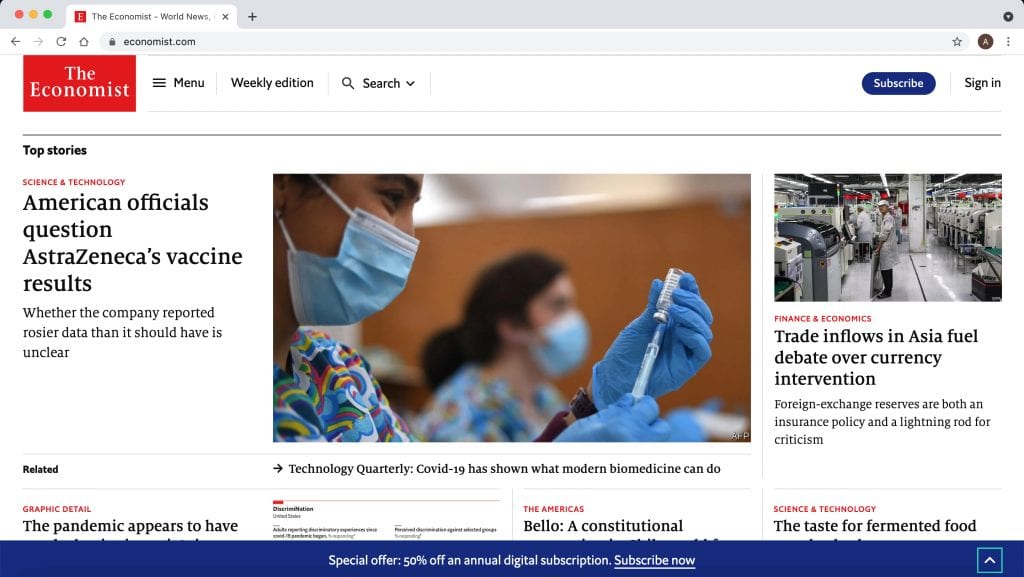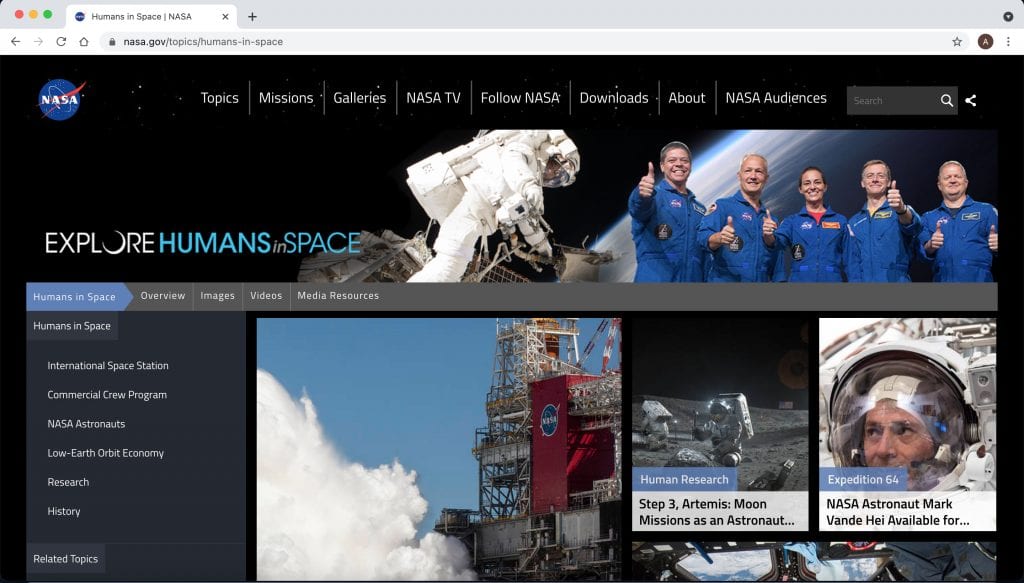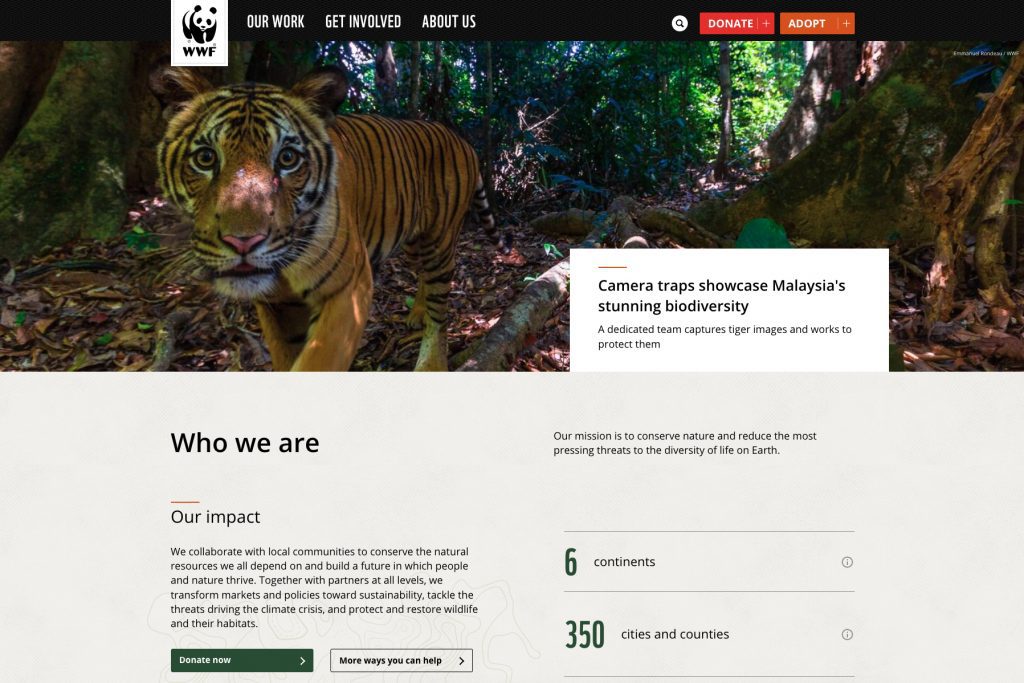Drupal is a powerful open-source Content Management System (CMS) that allows to build simple and complex web and mobile solutions. It may be compared to a Lego-kit with different modules that can be combined to build the web and IT system that the project requires. One, amongst the many Drupal modules is Drupal Commerce, the e-commerce module, which allows a very powerful customization of your company’s web-shop.
Drupal modules are developed and maintained by the Drupal community, meaning that one or more Drupal developers develop (author) a new module like Drupal Commerce and release (commit) it to the open source Drupal community, to be used free of charge by other users (open source).
Next to the advantage of easy integration between differently scoped modules, Drupal has the advantage of security and ongoing maintenance by the community of developers.
Each Drupal module is maintained by the module’s author and other Drupal community members. This ensures that the module is kept up to date with the latest web security standards and that bugs are resolved on an ongoing basis.
Examples of Drupal Websites
In this series, we present various examples of successful implementations of the Drupal Content Management System. Through these case studies, we aim to show how versatile Drupal is and how it can specifically meet the needs of marketing managers. We look at a range of organizations and companies that use Drupal to optimize their online presence. These case studies include Tesla, Stanford University, The Economist, NASA, and the WWF. Each example highlights how Drupal contributes to addressing specific challenges and achieving impressive results.
Case Study 1: Tesla Website

Introduction:
Tesla is at the forefront of innovation in the automotive and energy sectors. As a company known for its advanced electric vehicles and energy solutions, Tesla requires a web presence that reflects its technological leadership.
Challenge:
One of the main challenges faced by Tesla’s marketing team was finding a scalable and secure platform capable of handling high traffic and efficiently processing rich media files.
Solution with Drupal:
Drupal was chosen for its robust architecture and advanced media handling capabilities. It enabled Tesla to create a dynamic and responsive website that can efficiently manage large amounts of content.
Results:
Implementing Drupal improved Tesla’s user experience, simplified content management, and enhanced overall website performance. The platform proved to be extremely reliable, especially during high traffic times and when presenting new products.
Conclusion:
Drupal was the ideal choice for Tesla as it offers the flexibility to handle complex content requirements and the scalability to cope with high traffic volumes. This case study shows how Drupal can help companies strengthen their digital presence while providing efficient and user-friendly solutions for content management.
Website: https://www.tesla.com/
Case Study 2: Stanford University Website

Introduction:
Stanford University is one of the world’s leading educational institutions, known for its academic excellence and innovative research programs. A university with such reach and diversity requires a web presence that can efficiently manage a variety of content.
Challenge:
Stanford’s marketing team faced the challenge of managing a wide range of content – from academic programs to research projects – across various departments.
Solution with Drupal:
Drupal was chosen for its ability to handle complex content structures and multi-site architectures. It enabled the establishment of a centralized system where each department could manage its own content while keeping the entire site coherent and navigable.
Results:
Implementing Drupal simplified content management, improved user navigation, and provided personalized content for different user groups. This led to more efficient website management and an improved user experience.
Conclusion:
Drupal was ideal for Stanford University as it effectively handled complex content structures and multi-site architecture requirements. This case study demonstrates Drupal’s strengths in managing educational content and provides valuable insights for marketing managers on how to optimize their web presence.
Website: https://www.stanford.edu/
Case Study 3: The Economist Website

Introduction:
The Economist is an internationally recognized magazine, known for its in-depth analysis in economics, politics, and society. Such a global presence requires a website that can efficiently manage extensive content.
Challenge:
The Economist’s marketing team faced the challenge of managing a large amount of content that is constantly updated, while considering different user requirements.
Solution with Drupal:
Drupal was chosen for its strong content workflow capabilities and modular structure. This allowed The Economist to establish an efficient content management process and present content in a way that promotes SEO and increases reader engagement.
Results:
Using Drupal, The Economist was able to make its content management system more efficient, improve search engine optimization, and increase reader engagement. The website became more user-friendly and attractive to the audience.
Conclusion:
Drupal proved to be an excellent choice for The Economist as it enables the handling of extensive content directories and user engagement. This case study illustrates how Drupal can assist media companies in improving their digital strategies and engaging with their audience more effectively.
Website: https://www.economist.com/
Case Study 4: NASA Website

Introduction:
NASA, as a leading organization in space research and exploration, requires a web platform capable of presenting complex scientific data in an accessible and interactive format.
Challenge:
NASA’s marketing team faced the challenge of creating a platform that presents complex scientific data and information in a format accessible to the public.
Solution with Drupal:
Drupal was chosen for its high flexibility in data presentation and its ability to integrate various data sources. This enabled the creation of an interactive and informative user experience, regularly updated with the latest data and insights.
Results:
Implementing Drupal at NASA led to an improved user experience. The website was able to effectively present complex data and became a central location for updates and information about space missions and research.
Conclusion:
Drupal proved ideal for NASA, as it enables the integration of various data sources and the presentation of complex information. This case study shows how Drupal can be used to manage data-intensive websites and create an interactive user experience.
Website: https://www.nasa.gov/
Case Study 5: World Wildlife Fund (WWF) Website

Introduction:
The World Wildlife Fund (WWF) is one of the leading international non-governmental organizations in the field of environmental and wildlife conservation. For an organization with a global reach, it is crucial to have a web presence that engages and informs worldwide.
Challenge:
The WWF’s marketing team faced the task of engaging a global audience while efficiently managing a variety of content types.
Solution with Drupal:
Drupal was chosen for its strong support for multilingual content and its responsive design. This allowed WWF to create a layered and accessible website that functions optimally on various devices and in multiple languages.
Results:
Implementing Drupal led to increased global user engagement, more effective content management, and improved accessibility on mobile devices. The website was thus able to reach more people worldwide and inform about environmental issues.
Conclusion:
Drupal proved to be an excellent choice for the WWF, as it facilitates the management of multilingual content and adaptation to various screen sizes. This case study highlights Drupal’s versatility in supporting NGOs to reach a broad and diverse audience.
Website: https://www.worldwildlife.org/
User Friendly Content Management System for Marketing Managers
Drupal is a very powerful content management system that features a user-friendly interface to manage and enter content such as text, images and video or products for online stores to your website. Instead of having to consult your developer or web development company for each change to your website, good Drupal websites are set up in such a way, to give the user a powerful editing tool, without having to ask for code-changes from developers. The Layout Builder is a user friendly front-end editor, which allows any user to easily drag and drop elements to build and edit any page. This saves coordination overhead, as well as significant development hours and cost.
One last advantage of Drupal is, that it doesn’t lock the client in to a software or development company. The open source nature of Drupal, which is based on the commonly used PHP programming language, allows to assign development changes to new developers simply and easily. For example, if you are not satisfied with your current IT provider, all it takes is an experienced Drupal developer or Drupal development company and they will be able to modify the code or to make additions to it.
Drupal’s latest release, Drupal 10, is the most powerful Drupal version yet. It is based on the Symfony PHP development framework, which is based on Object Oriented Programming (OOP). As Wikipedia explains, it is “based on the concept of “objects”, which may contain data, in the form of fields, often known as attributes; and code, in the form of procedures, often known as methods”. Drupal 10’s foundation on Symfony and OOP makes Drupal accessible to an even wider range of programmers, thus making it attractive both as a CMS technology for technology companies like B-works, as well as for clients who will be the end users of the web or mobile project.
Summary of Drupal 10 benefits for marketing managers looking to relaunch their corporate website:
Drupal 10 is the latest version of the CMS and offers numerous advantages for businesses looking to enhance their web presence.
Here are the key benefits of Drupal 10:
-
Enhanced Performance: Drupal 10 has a streamlined architecture and advanced caching capabilities, which significantly improves website performance and speeds up page load times.
-
Improved Accessibility: Drupal 10 has made significant improvements in accessibility to ensure that websites are accessible to users with disabilities.
-
Better Security: Drupal 10 has a strong security framework and regularly releases security updates to keep websites secure from cyber threats.
-
Multilingual Support: Drupal 10 has robust multilingual support, making it an ideal choice for businesses operating in multiple regions.
-
Customizable and Scalable: Drupal 10 is highly flexible and customizable, allowing businesses to tailor the CMS to their specific needs. It is also scalable, making it an ideal CMS for corporate websites that require frequent updates and high volumes of traffic.
-
Integration: Drupal 10 can integrate with a wide range of third-party tools and services, allowing businesses to enhance their web presence and improve their overall efficiency.
In summary, Drupal 10 is a powerful CMS that offers enhanced performance, improved accessibility, better security, multilingual support, customization, scalability, and integration capabilities. These benefits make Drupal 10 an excellent choice for marketing managers looking to relaunch their corporate website and build a robust and scalable web presence.
Is Drupal 10 the right CMS for me? Contact us today to claim your free 30 minute expert review to discuss your new website project.
Are you looking for a Drupal agency to support you from A-Z in your corporate website relaunch?
